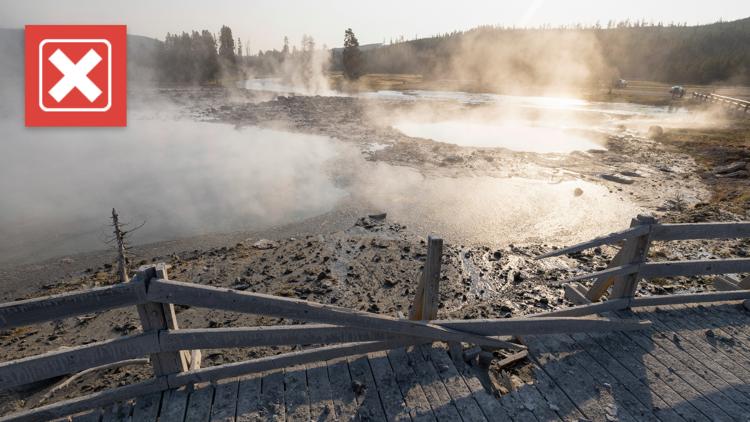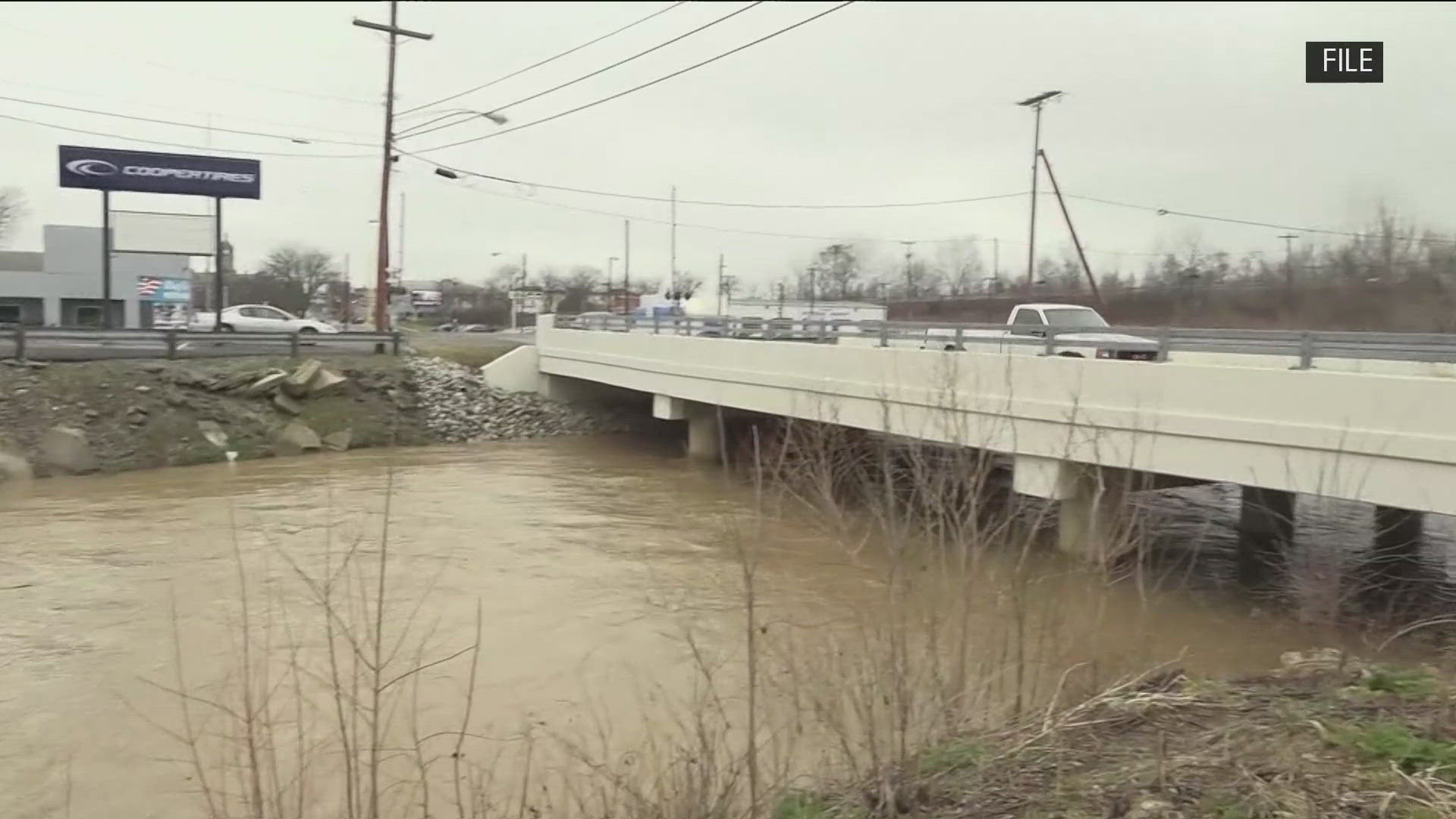Yellowstone National Park, with its stunning geysers and captivating scenery, is one of the most well-known and popular national parks in the country. That meant many people were around to see, flee and capture on video a dramatic July 23, 2024, explosion at Yellowstone’s Biscuit Basin.
The park’s geysers and springs are possible because of a supervolcano well below the surface of Yellowstone. Some people on social media have linked the Biscuit Basin explosion to this supervolcano and claimed it’s a sign of an impending volcanic eruption strong enough to endanger the lives of millions in the area. Others expressed concern about a possible eruption, but stopped short of claiming that this was definitively linked to one.
Yellowstone was the top trending search on Google the day of the explosion as people searched for the explosion and wondered if Yellowstone is erupting.
THE QUESTION
Is the Yellowstone supervolcano erupting?
THE SOURCES
THE ANSWER
No, the Yellowstone supervolcano is not erupting.
WHAT WE FOUND
While there is a large, powerful volcano beneath Yellowstone National Park, it has given no indication that an eruption is imminent. The explosion at Biscuit Basin was unrelated to volcanic activity, instead caused by an interaction of water and steam, says the National Park Service (NPS).
The volcano beneath Yellowstone has been responsible for three giant eruptions and many more nonexplosive eruptions in the past 2.1 million years, according to the United States Geological Survey (USGS).
The giant eruptions were 700 to 6,000 times larger than the 1980 eruption of Mt. St. Helens, the largest volcanic eruption in U.S. history, which is why Yellowstone is sometimes referred to as a supervolcano. The giant eruptions occur every 600,000 to 800,000 years on average, the USGS says. The last giant eruption at Yellowstone was 631,000 years ago.
The July 23 explosion at Biscuit Basin was something called a hydrothermal explosion, according to the NPS. The explosion was caused by water suddenly transitioning to steam in a shallow hydrothermal system “and was not caused by volcanic activity,” the NPS said. Volcanic activity is usually caused by the movement of magma beneath the Earth’s surface.
A volcano notice from the USGS says these kinds of explosions are “relatively common in Yellowstone.” This isn’t even the first such explosion for Biscuit Basin; a similar explosion occurred there in May 2009, the USGS says.
Most recently, monitoring equipment at Norris Geyser Basin detected a small hydrothermal explosion on April 15, 2024, the Yellowstone Volcano Observatory says.
The Yellowstone Volcano Observatory says these explosions “happen almost annually” in Yellowstone Park. The park is even home to the largest-known hydrothermal explosion crater on Earth: Mary Bay.
While scientists can’t perfectly predict when a volcano will erupt, there are clues they can use to determine when there is an increase in volcanic activity that will make an eruption more likely. Those clues, seismicity, ground deformation and gas emissions, remain at their normal background levels, and there was no detectable volcanic activity prior to the explosion, the NPS reported.
The Smithsonian’s Global Volcanism Program, which monitors volcanic activity and eruptions worldwide, confirmed the explosion did not signal an imminent eruption in their most recent weekly report.
“YVO noted that the explosion did not reflect activity within volcanic system, which remained at normal background levels of activity, and was not caused by magma rising towards the surface,” the Global Volcanism Program said. “Hydrothermal explosions are relatively common in Yellowstone.”



